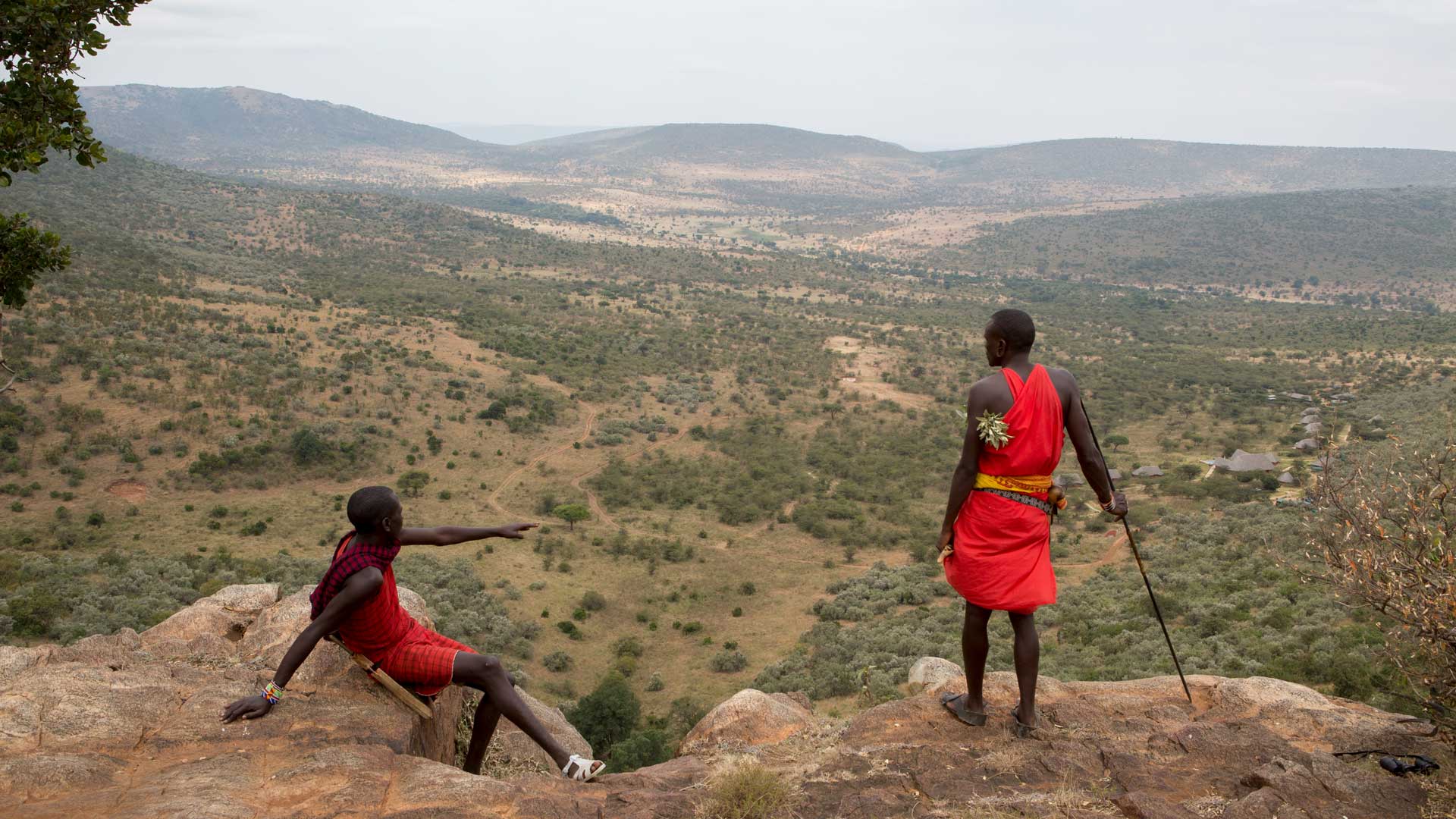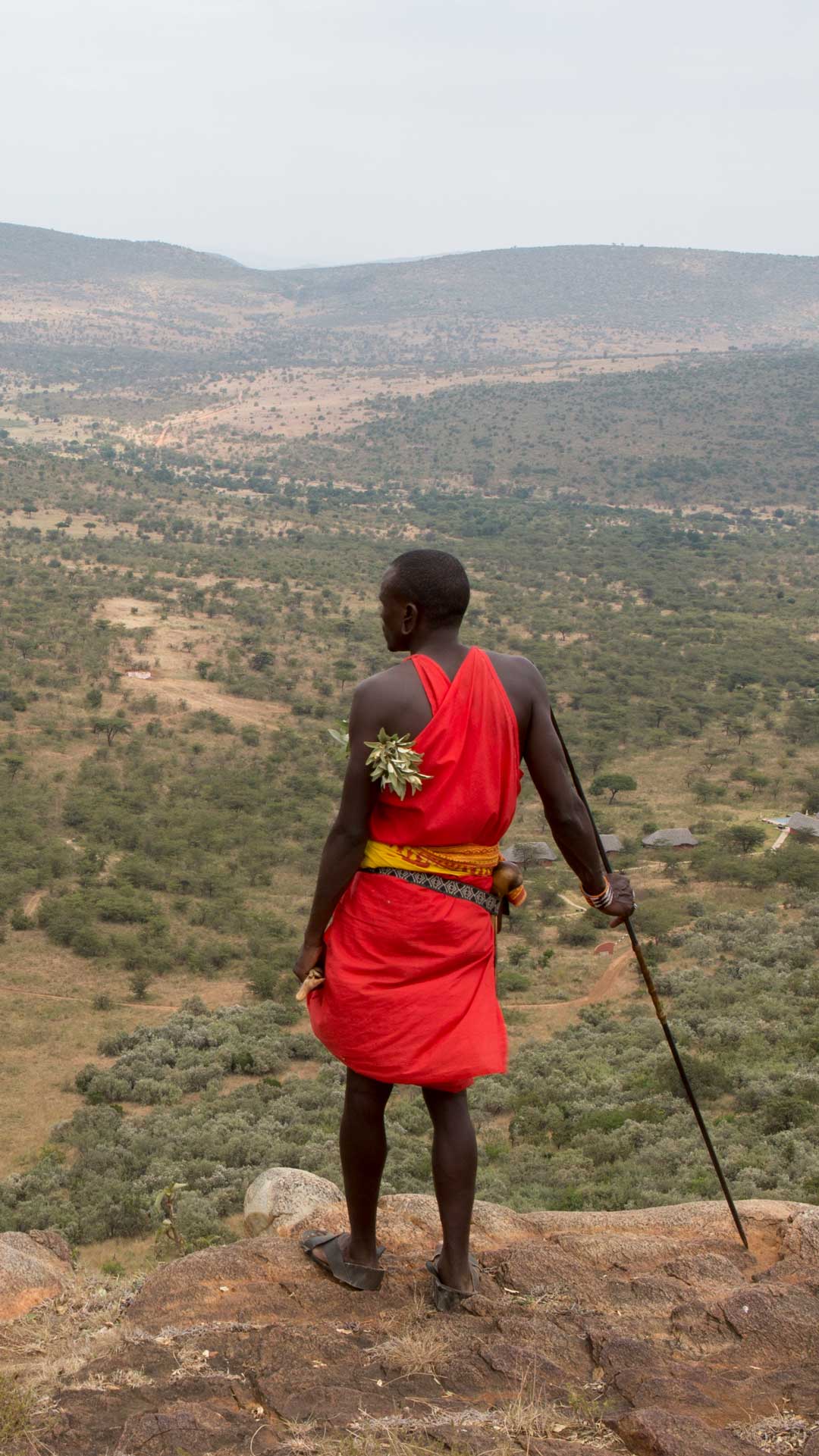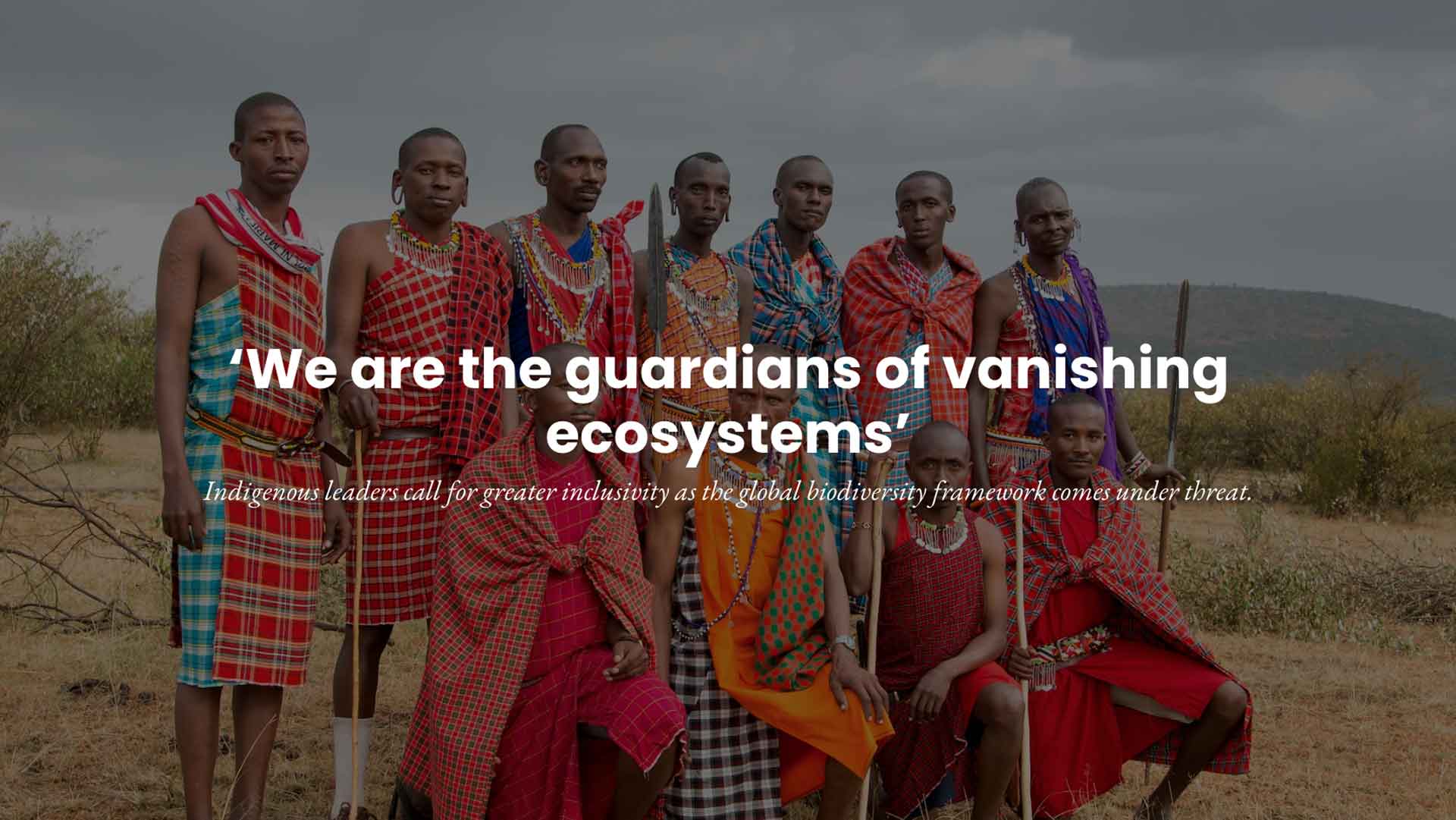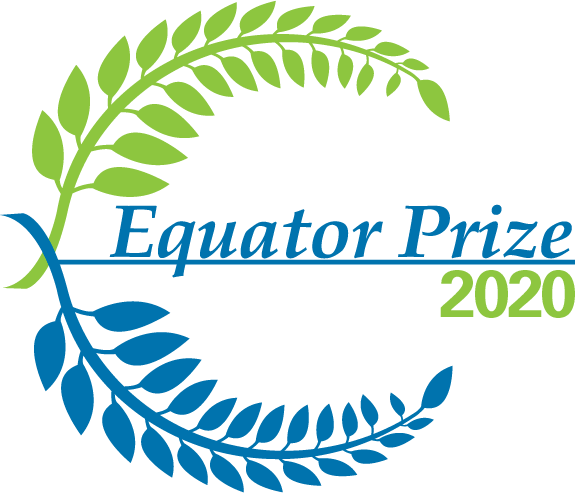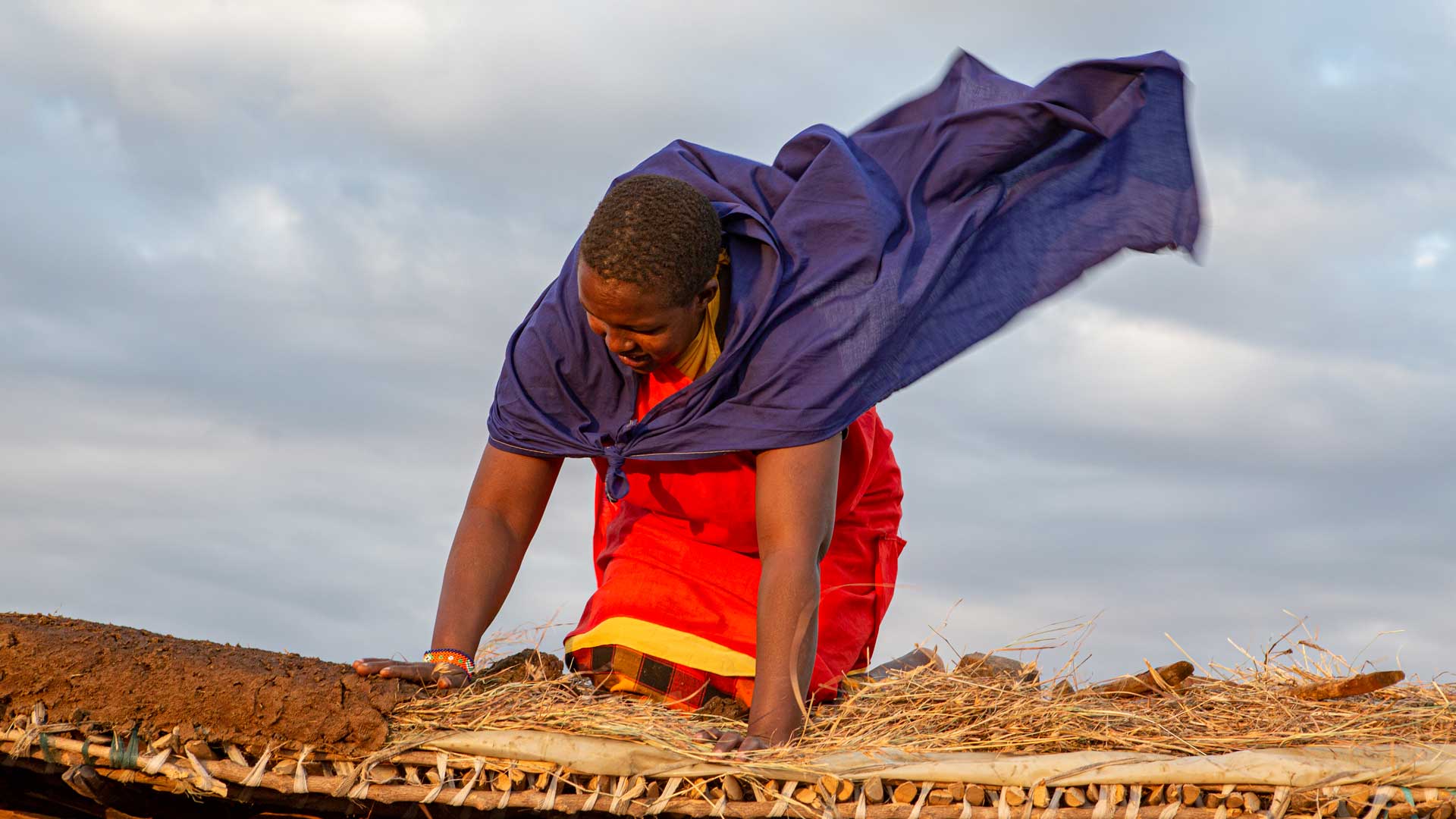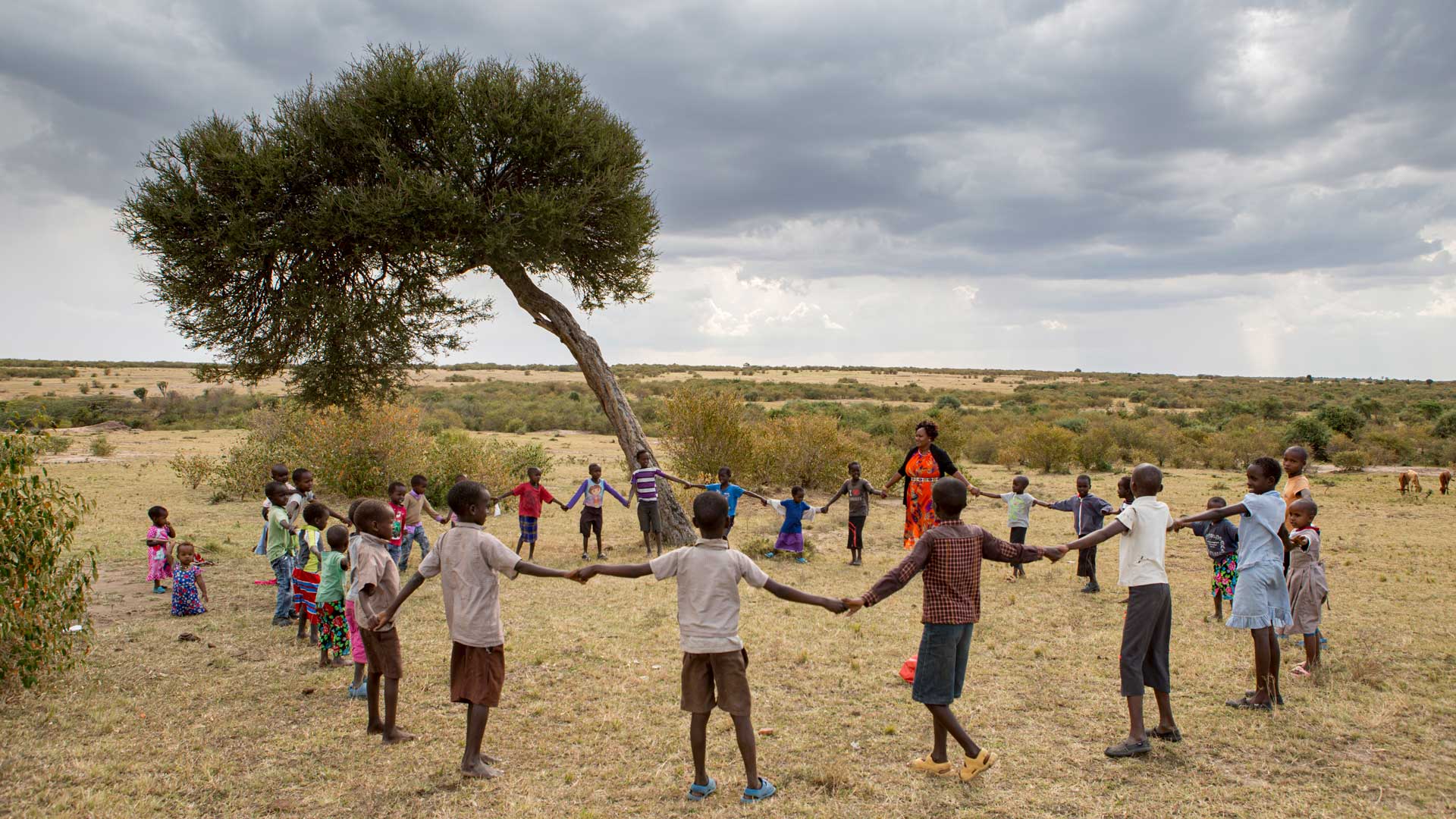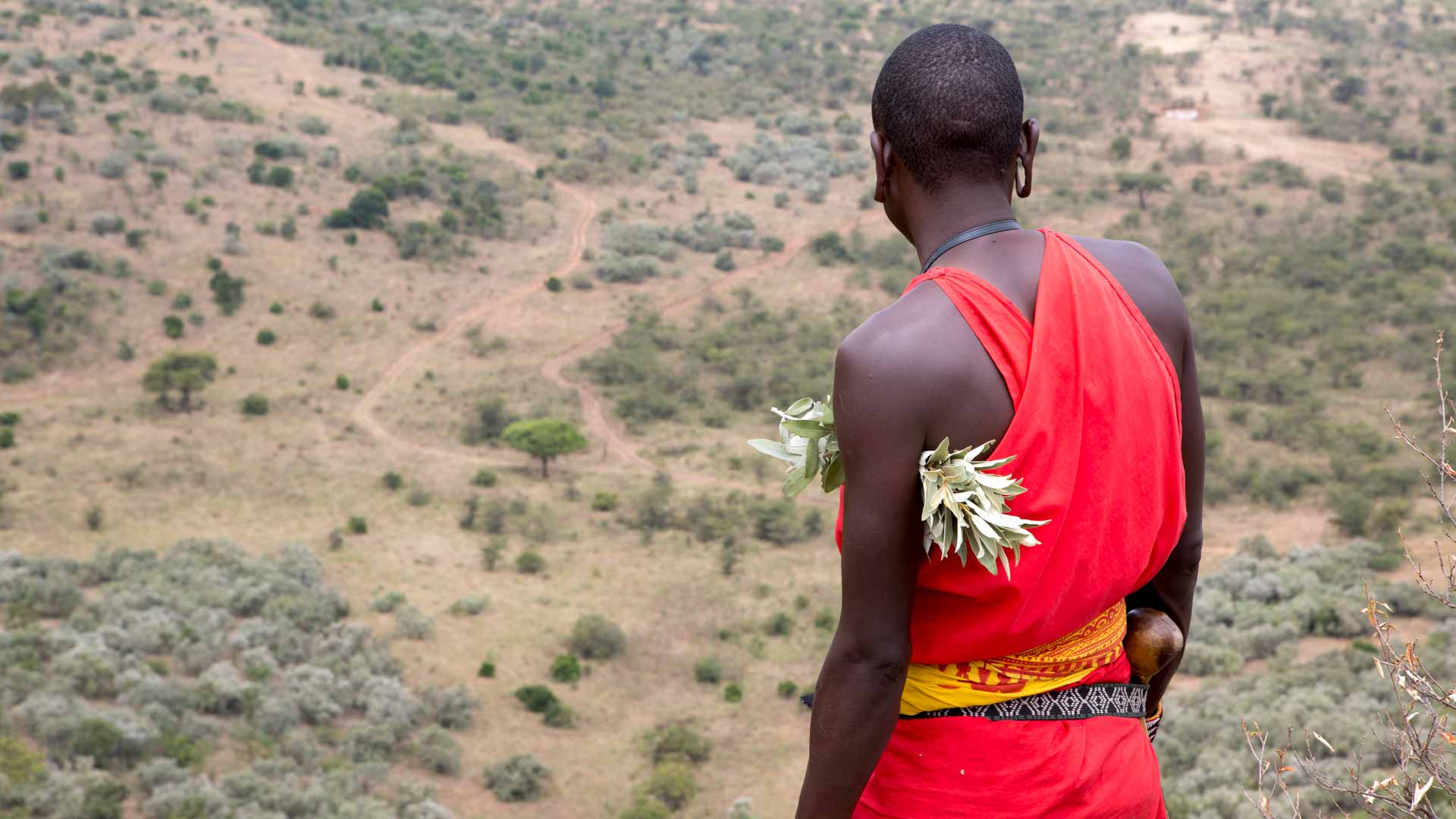“We are the guardians of vanishing ecosystems”
In our Maasai language, Nashulai is a special word.
It denotes a place of harmony where community and wildlife live in balance and mutual benefit. Where the spirit of the people and the spirit of nature and wildlife come together into a common song.
proof of what’s possible when you put community at the beating heart of a transformational mission.
Nashulai Maasai Conservancy was bootstrapped into existence just six years ago with the mission to “conserve wildlife, preserve culture, reverse poverty.” The Maasai word “Nashulai” recognizes that we coexist — communal and natural ecosystems working together sustainably and in critical support of each other. From the outset, Nashulai was committed to disrupting the established “fortress conservation” model which for years has displaced indigenous people from their ancestral lands in the name of conservation, and continues to do so. Just four years after its formation, Nashulai was awarded the prestigious UNDP Equator Prize for our “paradigm-shifting” regenerative work, recognizing that ecosystem and social well-being are critically interconnected, that local people can be the better stewards of their own ancestral lands. We were also identified as a “human rights incubator” by the Institute for Human Rights at the University of Alabama, US (UAB).
Over and again Nashulai has demonstrated the power of its community-driven model and moral compass. At the height of the pandemic when the entire region was suddenly faced with a food security crisis, Nashulai mobilized a food distribution programme eventually reaching over 25,000 people in communities near and very far. At the same time hundreds of women and youth in our community rallied to rehabilitate 18km of a watershed critical for the entire Maasai Mara ecosystem.
“nashulai is the first ever community-owned and directed wildlife Conservancy. It is a unique achievement that promises to inspire a positive change in the entire East Africa region.”
John Mbaria, co-author, The Big Conservation Lie
Nashulai is the story of a small community with a bold and disruptive idea working at the forefront of today’s most significant, most pressing global challenges – biodiversity protection, climate adaptation and mitigation, nature-based carbon sequestration, food security, women’s empowerment, poverty alleviation, indigenous rights, and the preservation of ancestral knowledge systems. Nashulai’s model is becoming a transformational movement. More and more communities throughout the region now want to join together with Nashulai. In the last year, the Conservancy doubled in size. And we are now coordinating with many other local communities to assemble what may well become the longest wildlife corridor in East Africa.
Nashulai’s story shows what happens, what is possible and why it is powerful when communities come together for the sake of one another and the place and the planet we inhabit together. We were asked to share our story at a June 2022 convening of Convention on Biological Diversity delegates at the UN in Nairobi. The UNDP described us as “the guardians of vanishing ecosystems.”
“NASHULAI”: WE COEXIST
IT IS A CALL TO ACTION, A CALL TO HOPE, AND A CALL TO POSSIBILITY IN OUR TIMES
Nashulai: The community trying to conserve Kenya's wildlife
BBC Africa correspondent Catherine Byaruhanga and video journalist Michael Onyiego went to visit Nahsulai Maasai Conservancy, exploring how, around the world, communities are starting to rethink wildlife conservation. In Kenya and Tanzania, traditional methods often meant moving the Maasai people from their land to make way for protected areas and wildlife. Nashulai, on the edge of Kenya’s world famous Maasai Mara National Reserve, is changing that. It’s a conservancy where humans and animals again live side-by-side, reviving ancient practices.
